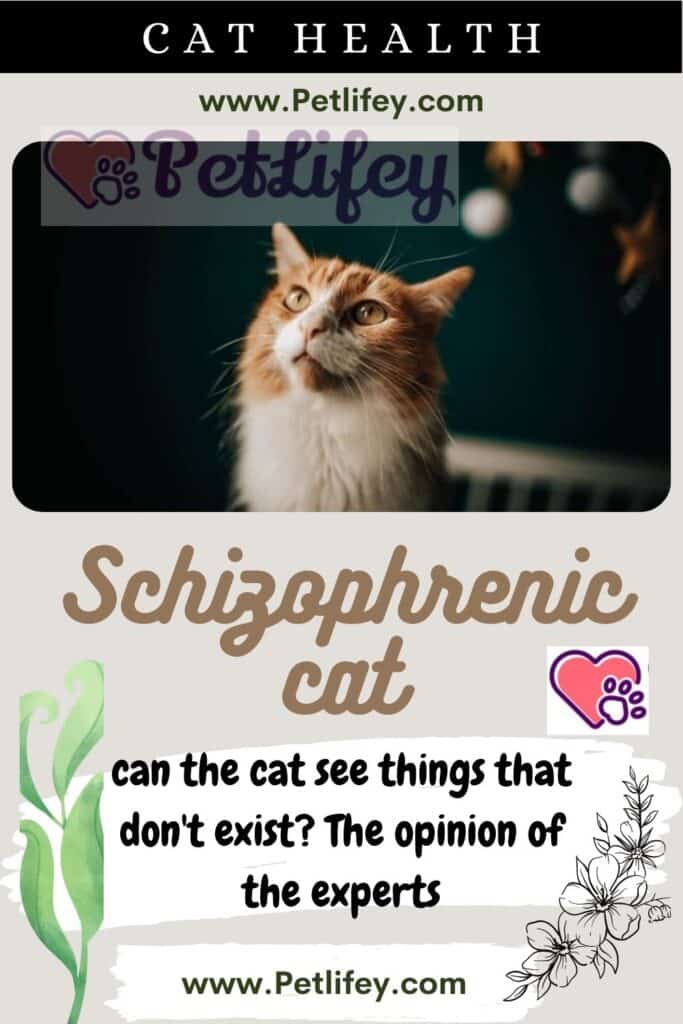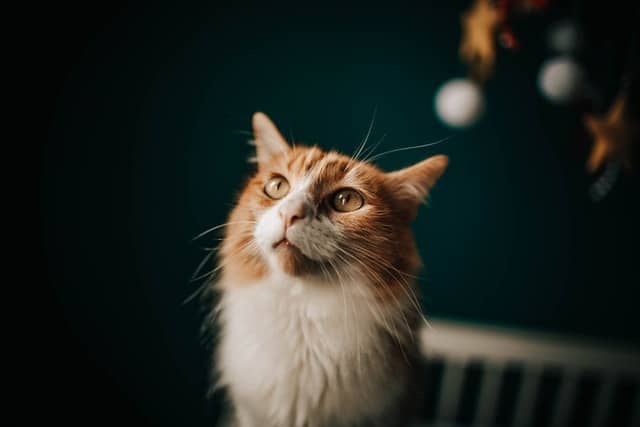People with schizophrenia may see people or hear voices that don’t exist. Can cats also be schizophrenic? Here’s what to know about it.

Schizophrenic cat : how many times have they heard this expression, used to indicate a livelier animal with some slightly funny attitude? In reality, even cats can suffer from diseases that alter their ordinary behavior: here are the symptoms of feline hyperesthesia syndrome.
Feline hyperesthesia
Feline hyperesthesia syndrome is a rather rare condition, also known as rolling skin syndrome. The disease is a source of profound discomfort for the animal, causing various behavioral disorders.
The causes of the disease are not yet known. Although it is observable a greater predisposition of the specimens of some races (such as the Abyssinian , the Burmese and the Himalayan), it does not seem possible to identify a genetic cause at the base of the disorder.
Therefore hyperesthesia could be determined exclusively by dermatological problems (even allergy to flea bites); equally controversial is whether the pathology can be determined by the stress of the cat, or on the contrary this is only one of the consequences of the pathology.
Schizophrenic cat: is it really so?
If the feline hyperesthesia syndrome is a disorder caused by the excessive sensitivity of the feline skin (especially in the lumbar area) why do we qualify the affected cat as schizophrenic?
The pathology triggers a rather bizarre behavior of the animal, or rather, difficult to explain at first glance. The feline appears to seek shelter from an imaginary opponent who is hunting him, running away in terror. In short, the cat seems to see things that do not exist, as if it were schizophrenic.
This is not quite the case; and in fact, alongside this bizarre and disturbing behavior, other symptoms can be found. For example, the cat tends to compulsively lick and scratch itself, especially in certain areas, and in the most serious cases it inflicts wounds on itself (for example by biting its tail).
The animal appears confused and frightened, sometimes showing aggression, even towards people; the pupils are dilated, and the movement of the tail indicates restlessness.
Therapeutic treatment

There is no predefined cure for feline hyperesthesia; on the other hand, the causes that give rise to this peculiar pathology that lead to believe that the cat is schizophrenic are not known.
Therefore, a diagnosis is made by exclusion: the ordinary approach consists in verifying that there is no physical disorder, which causes excessive sensitivity to the skin; in the event of a negative result, the veterinarian will carry out tests aimed at ascertaining that a neurological process is not underway.
Where a cause of a physical nature is excluded, based on current knowledge, all that remains is to focus attention on a possible stressful situation of the feline. In short, if the cat seems schizophrenic, most likely there is a profound discomfort that afflicts him.
In this case, the contribution that the owner can give to the veterinarian in investigating the aspects that may have originated the pathological state of the animal is fundamental.
The stress of the cat could be due to a move, to the presence of a new animal or a baby in the house, to a change in his daily routine, to your prolonged absence during the day.
Once the possible cause has been identified, a strategy will be developed to eliminate the source of the animal’s discomfort.






